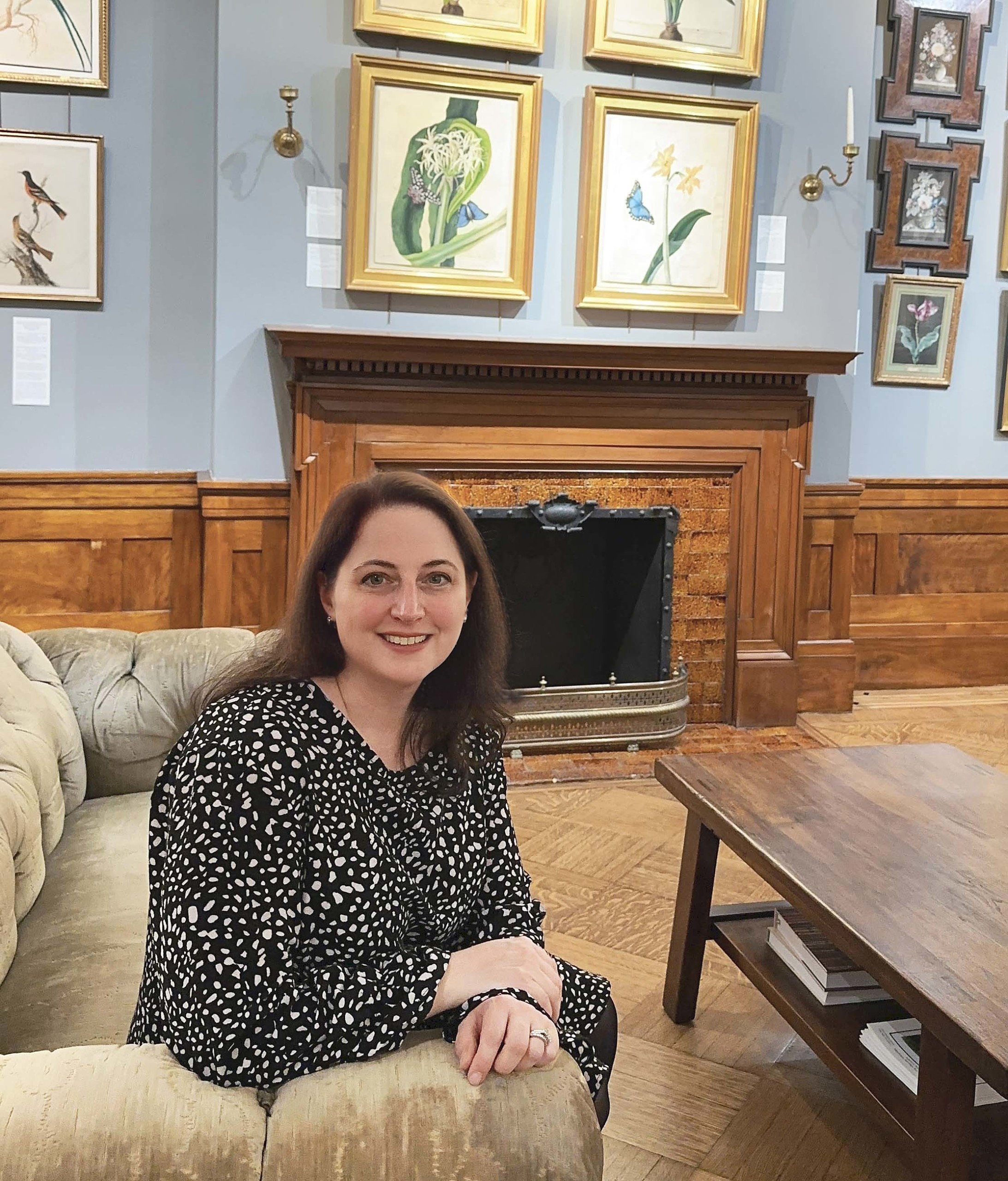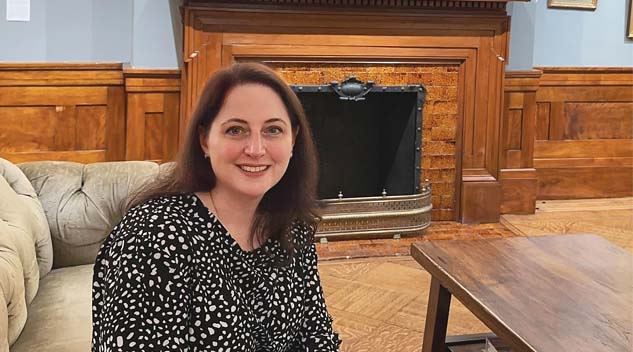#Alison #Petretti #Antiques #Arts #Weekly

Alison Petretti is the curator of the latest exhibition at Arader Galleries in New York City, “In Search of Mrs: Women & the Radical Art of Science.” This exhibition explores works by women painters of natural history and delves into the lost contributions to and conversations with science. Antiques and The Arts Weekly caught up with Petretti to learn more about the exhibition and her role in it.
Could you introduce yourself and tell me a little about your background?
Thank you for featuring our new show and gallery. I am the curator of drawings at Arader Galleries and I have been with the company since 2000. Our drawings collection comprises more than 10,000 works related to natural history. The collection spans the Sixteenth Century through the mid-Twentieth Century. My area of interest is the intersection of art and science, and our latest show, “In Search of Mrs: Women & the Radical Art of Science,” is a perfect example of how these seemingly different spheres overlap.
How is the exhibition organized? Is the exhibition broken into thematic sections?
“In Search of Mrs: Women & the Radical Art of Science” sheds light on the often-overlooked contributions of women in science through natural history art practice. The exhibition is organized chronologically, covering the period between the mid-Seventeenth Century and the Twentieth Century. It is then divided into sections that focus on individual artists, including both well-known figures such as Giovanna Garzoni and Maria Sibylla Merian, as well as lesser-known but equally talented artists such as Barbara Regina Dietzsch and Sarah Stone.

“In Search Of Mrs” installation view. Courtesy Alison Petretti.
Did the research that went into the curation of this exhibition reveal new truths? What were some of the discoveries made?
I have been interested in exploring the topic of women in the arts for some time now. Initially, I thought I had a clear structure in mind. However, as I started delving into the complex history of women in the arts, I was shocked to find inaccuracies in the modern historical record. The more I researched about these artists, the more I felt dedicated to uncovering the truth and revealing the real impact and importance of their work. It became evident that many of these artists were highly respected in their time, but their contributions were either stripped away or diluted in the Twentieth Century record.
How does this subject remain relevant today?
The topic at hand is both relevant and timely, given that there is a growing interest in learning about the significant contributions made by women throughout history. Over the past five years, this interest has increased considerably. My hope is that this exhibition inspires curators and collectors to revisit their collections and bring to light the hidden gems that are deserving of celebration and further study.
Something you touched upon in the exhibition catalog is the difference between these women painting flowers simply because they’re beautiful and feminine and the act of painting them as a scientific engagement. Could you briefly explain what set these artists apart?
We should be mindful of designating specific genres of art as feminine or masculine; this label led to the suppression of female artists for generations. Men also painted natural history subjects. The designation of botanical painting as a “feminine pursuit” emerged in the Nineteenth Century to lower the genre by treating it as the art of dilettantes and reserving other subjects only practiced by men as high art.
We have been taught that botanical painting is merely about illustrating a pretty flower, but there is often much more behind it. Why was that specific flower pictured? Why was it painted in that manner? What does the composition reveal? These questions often expose a considerably nuanced story worthy of exploration. For example, in Ann Lee’s Eighteenth Century drawing of a turmeric plant, she includes a pencil drawing of the parts of the plant. This may escape the notice of some viewers. But it presents much about the artist: she clearly understands Linnaean nomenclature. She is thus well versed in Latin, uncommon for a woman in early generations, and familiar with novel scientific ideas newly ordained by Carl Linnaeus. A broken leaf indicates she has observed this plant over time and is not showing it in its idealized state.

Curcuma Longa (Turmeric) by Ann Lee (British, 1753-1790), watercolor and pencil on vellum, inscribed “Ann Lee September 1, 1772.” Photo courtesy Arader Galleries.
How does this exhibition honor the interconnectedness of art, history and science?
This exhibition aims to uncover the untold story of women in science and their significant contributions. It is a story that has not been shared before, and it shifts our understanding of these fields. Art and science have always been closely intertwined, but they are often treated as opposing disciplines in modern times. We need to reestablish the dialogue between them, and in doing so, we will shed light on the critical role that women played throughout history.
Are there plans for the exhibition to travel or expand in any way?
This show will be exhibited at our Philadelphia gallery in early summer, followed by our St Helena, Calif., location.
—Carly Timpson




